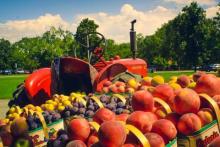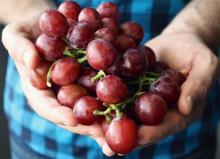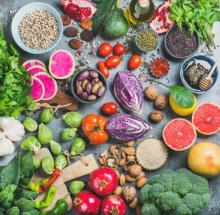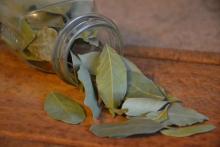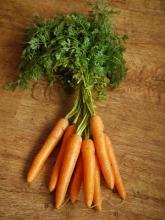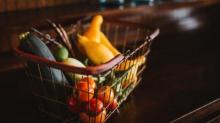Rethinking Food: What Permaculture Could Mean For The World
This is us:
We as a species evolved with the planet. The way we eat, the way our metabolic processes function, even the way our brains work in relation to our eco-cultural environment. The human race has a habit called anthropomorphism: to apply human characteristics to things that are not. At first glance this seems a little arrogant, certainly, an egocentrically asserted assumption, but…is it really? How can you shame a habit maintained by an entire species that just wants to understand.


